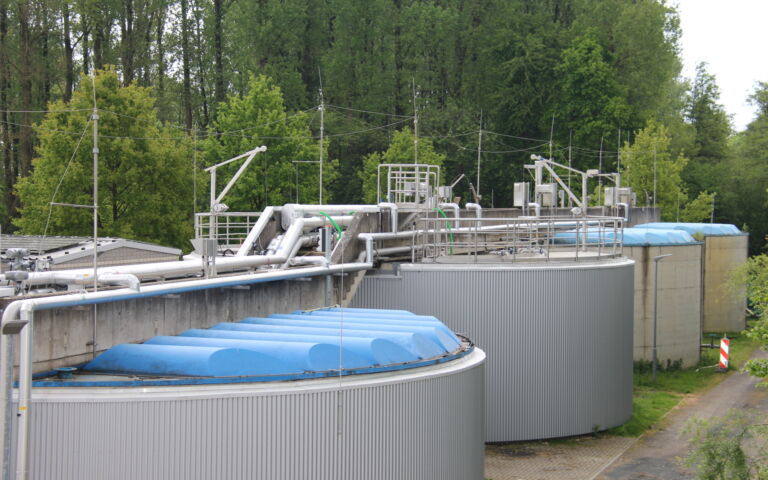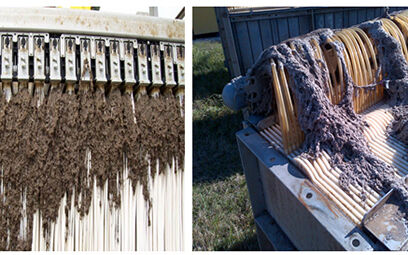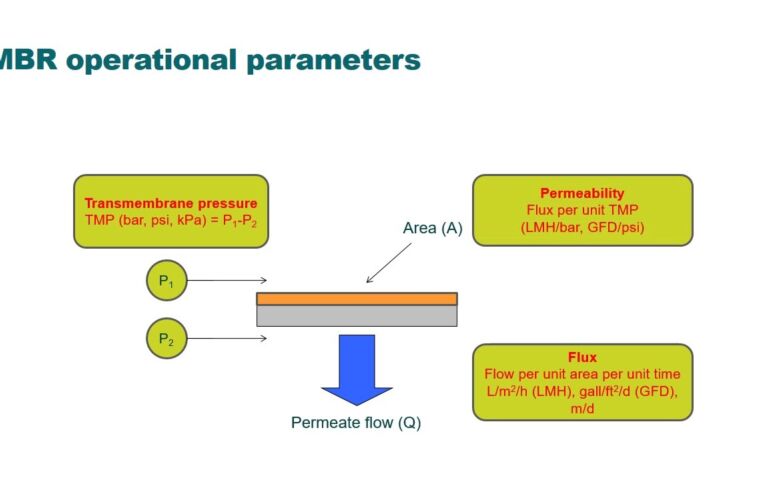MBR cost determination


Simon Judd has over 35 years’ post-doctorate experience in all aspects of water and wastewater treatment technology, both in academic and industrial R&D. He has (co-)authored six book titles and over 200 peer-reviewed publications in water and wastewater treatment.
It's often the case that if you ask the price of anything at all relating to engineering, you'll get the answer 'It depends'. Trying to establish the cost of an MBR installation is no different: there are many different components of cost, and many ways of determining them.
So what's the best approach? The conventional, and most practical, way is to divide all expenditure into capital (CAPEX) and operating (OPEX) costs. These can then be combined to give the total expenditure (TOTEX). It's then possible to evaluate the TOTEX figure to make a judgement on whether the total cost is acceptable. This should be done by taking into account the income and outgoings from the project over the entire project life − as well as the change in the value of money itself. All these parameters can then be used to determine the net present value (NPV). If there is no income generated from the project, then the NPV will always be negative.
This is all well and good, but it is not always clear from published studies which costs have been included or excluded. For example, there are a number of publications in the learned literature pertaining to specific energy demand (in kWh per m3 treated water), and it is often correctly pointed out that this contributes a significant proportion of the OPEX for MBRs. Specifically, it is the supplementary aeration requirements of the MBR that largely account for the increased OPEX over the conventional activated sludge (CAS) process.
However, in absolute terms the cost of labour can contribute far more than that of energy demand, particularly for smaller plants. So, in the case of these plants, it is more cost effective to operate under more conservative conditions, which then naturally increases the energy demand, in order to reduce the maintenance requirements and/or the risk of unscheduled manual intervention and the associated labour costs. What's more, quantifying labour costs is extremely challenging since staff costs and working practices differ appreciably worldwide.
As far as CAPEX is concerned, there is a tendency to focus on the unit membrane cost since, as with energy, this is generally the most costly piece of capital equipment for most large MBR installations. However, CAPEX must necessarily include installation, land and legal/administrative costs. Once again, estimates for installation vary widely between geographical regions; two key published analyses (Young et al, 2013 and DeCarolis et al, 2007) put it at between 37% and 83% of the equipment costs. Land costs are also highly variable.
Overall, taking all key parameters into account, a recent analysis by Young et al concluded that the CAPEX of an MBR is generally lower (by between 6 and 18%) than that of a CAS-based system whenever (a) nutrient removal and/or reuse is required, and (b) land costs are relatively high.
So what, then, of total costs? A very cogent analysis was published around five years ago by Christoph Brepols and his colleagues at Erftverband (Brepols et al, 2010). The analysis was based on the performance and cost data of their own regional CAS and MBR installations and concluded that an MBR is a lower cost option overall than a CAS plant provided the membrane life exceeds 8 years. This underlines that membrane replacement contributes a key part of the OPEX. However, the contribution of membrane replacement to costs is now decreasing since the purchase cost of membranes seems to be declining and the mean life appears to be extending beyond 10 years for many flagship municipal plants (such as Brescia in Italy).
It has often been said in recent years that MBRs are becoming the process of choice over CAS if polishing is required for the latter to meet stringent water quality limits. Recent cost analyses would appear to bear this out, but there are many inter-related factors to be taken into account and there is always an element of imprecision.
So, taking everything into account, how much does an MBR installation cost? Well, it depends....









